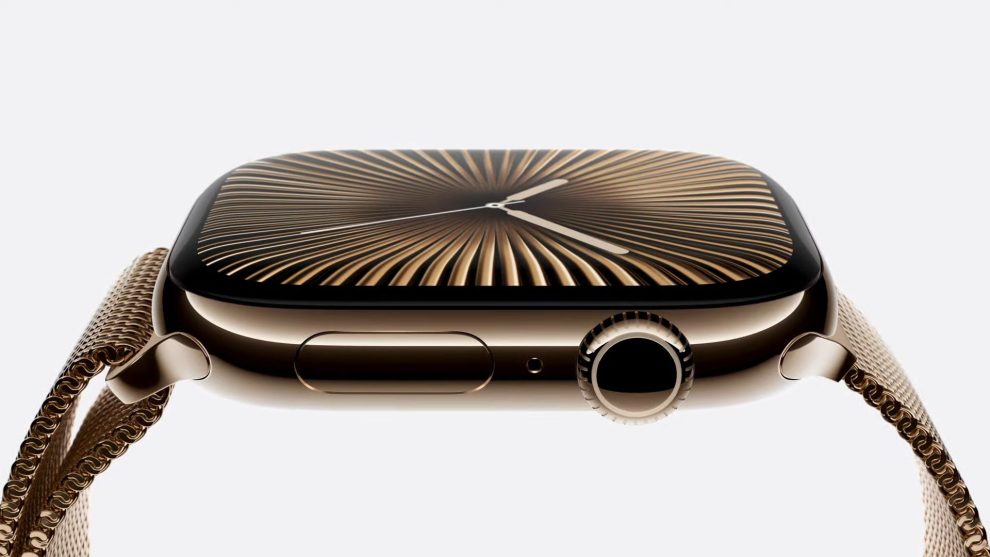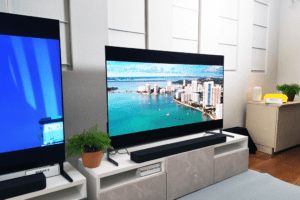In a groundbreaking move that could revolutionize the detection and management of sleep apnea, the U.S. Food and Drug Administration (FDA) has granted clearance to Apple’s innovative sleep apnea detection feature on the Apple Watch. This landmark approval marks a significant step forward in leveraging wearable technology for early disease diagnosis and preventative care.
Understanding Sleep Apnea
Sleep apnea is a serious condition characterized by frequent interruptions in breathing during sleep. These disruptions can lead to a host of health problems, including daytime fatigue, high blood pressure, heart disease, and even stroke. Despite its prevalence, many cases of sleep apnea remain undiagnosed, often due to the challenges associated with traditional diagnostic methods.

Apple Watch’s Breakthrough Technology
The Apple Watch’s sleep apnea detection feature utilizes advanced algorithms and sensors to monitor a user’s breathing patterns while they sleep. By analyzing subtle changes in wrist movements, the watch can identify potential signs of sleep apnea, including snoring, gasping, and choking.
How Does It Work?
- Data Collection: The Apple Watch’s accelerometer and other sensors continuously monitor a user’s movements throughout the night.
- Algorithm Analysis: Sophisticated algorithms analyze the collected data to identify patterns indicative of sleep apnea.
- Sleep Apnea Assessment: Based on the analysis, the watch provides users with a preliminary assessment of their risk for sleep apnea.
Key Benefits of Apple Watch’s Sleep Apnea Detection
- Early Detection: By identifying potential signs of sleep apnea early on, the Apple Watch can help individuals seek medical attention and prevent the development of more serious health complications.
- Non-Invasive: Unlike traditional sleep studies, which often require overnight stays in a sleep lab, the Apple Watch’s sleep apnea detection is entirely non-invasive and can be performed in the comfort of one’s own home.
- Accessibility: The widespread availability of the Apple Watch makes it a convenient and accessible tool for a large population.
- Empowerment: By providing users with insights into their sleep health, the Apple Watch can empower individuals to take proactive steps to improve their well-being.
While the Apple Watch’s sleep apnea detection feature is a promising development, it’s important to note that it is not a definitive diagnosis. The watch’s assessment should be considered as a screening tool and should always be followed up with a consultation with a healthcare professional.
Additionally, the accuracy of the feature may vary depending on individual factors, such as sleep position and wrist size. It’s also worth noting that the Apple Watch’s sleep apnea detection is currently limited to individuals aged 22 and older.
The FDA’s approval of Apple Watch’s sleep apnea detection marks a significant milestone in the field of wearable health technology. It demonstrates the potential for smartwatches and other wearable devices to play a vital role in preventive healthcare and early disease diagnosis. As technology continues to advance, we can expect to see even more innovative applications that can improve the lives of millions of people around the world.
Apple Watch’s sleep apnea detection feature represents a groundbreaking advancement in wearable health technology. By providing an accessible and non-invasive means of identifying potential signs of sleep apnea, the watch has the potential to improve the lives of countless individuals. While it’s important to acknowledge the limitations of the technology, the FDA’s approval marks a significant step forward in the pursuit of better health outcomes.

















Add Comment